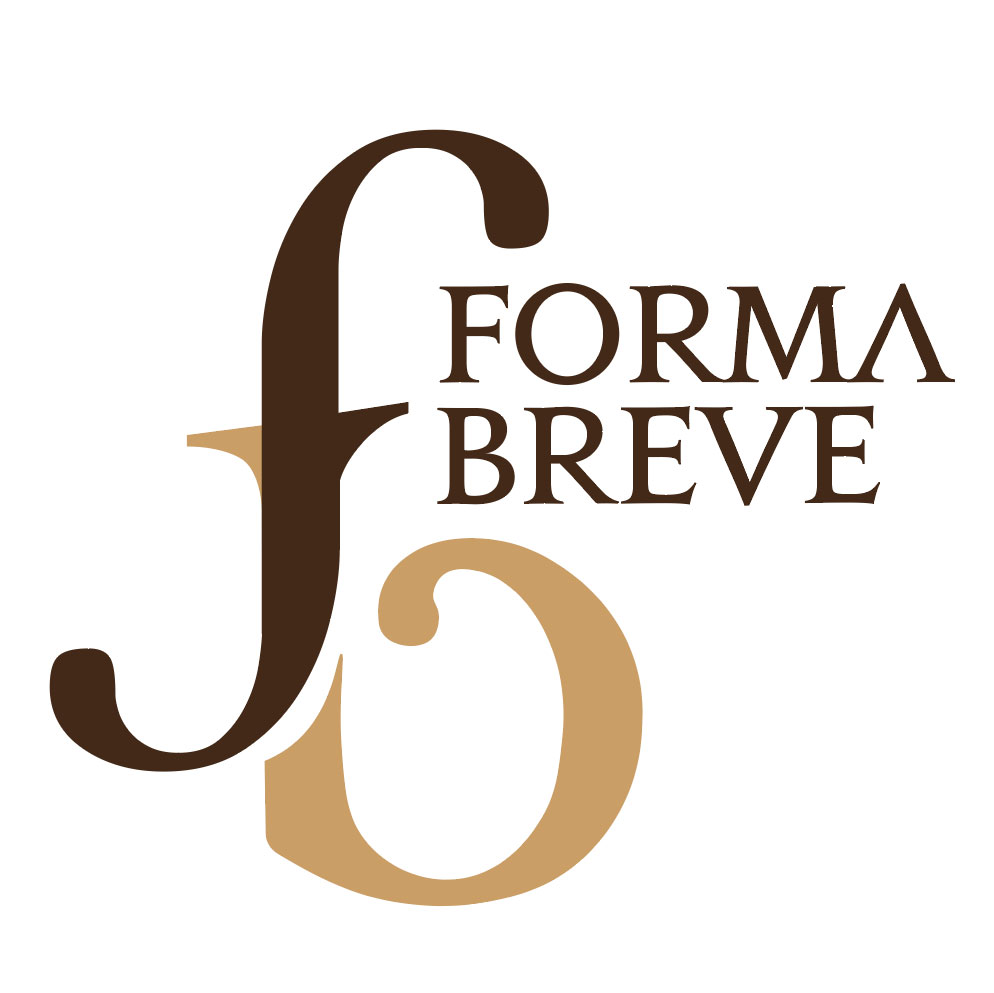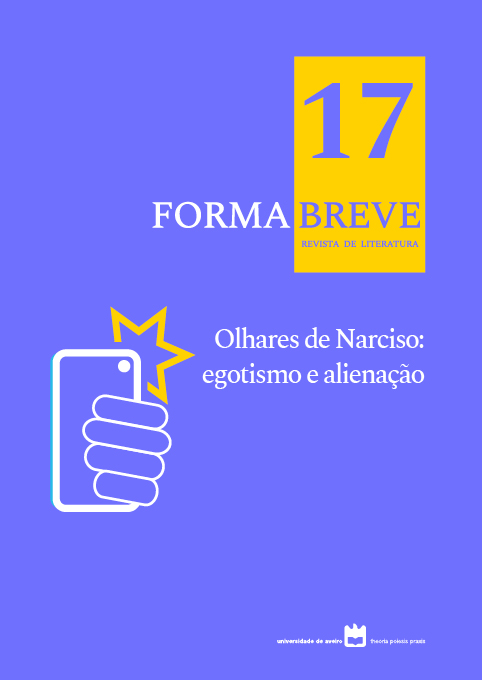Aspectos do mito de Narciso no conto de fadas “a primeira só”, de Marina Colasanti
Resumo
Quando o rei se depara com o sofrimento de sua filha que deseja ter uma amiga para brincar e com quem estabelecer verdadeiros laços de amizade, a solução que ele encontra é presenteá-la com o maior espelho do castelo, que traz à princesa o mundo de sua imaginação. Nesta moldura de ilusões ela se depara e se encanta com sua própria imagem refletida, acreditando ser o outro que tanto buscava, fazendo referência interdiscursiva ao mito de Narciso. A partir daqui a princesa enfrentará dificuldades ao longo de sua jornada em busca do autoconhecimento até que, pela última vez, depara-se com seu reflexo, então, no lago. Este trabalho de análise literária do conto “A primeira só”, da escritora Marina Colasanti, embasa-se na teoria sobre molduras, comumente empregada em estudos sobre artes visuais, mas que recentemente tem sido abor- dada também na literatura. Tal teoria aqui se justifica, pois o mundo imaginário de felicidade e brincadeiras da menina é delimitado primeiramente pelo espelho e, posteriormente, pelas margens do lago onde ela vê seu reflexo pela última vez e que já não mais representa sua imaginação, mas sim, seu eu interior. Para tanto, serão utilizados os estudos de Ortega y Gasset como também Eduardo Peñuela Cañizal para basear a análise sobre molduras. Os fundamentos acerca da intertextualidade, significativa no conto em razão do diálogo com o mito de Narciso, de Ovídio, apoiar-se-ão no livro Intertextualidade, de Tiphaine Samoyault.
Downloads
Direitos de Autor (c) 2021 Fernanda Cassiolato Marti Sguassábia

Este trabalho está licenciado com uma Licença Creative Commons - Atribuição 4.0 Internacional.








